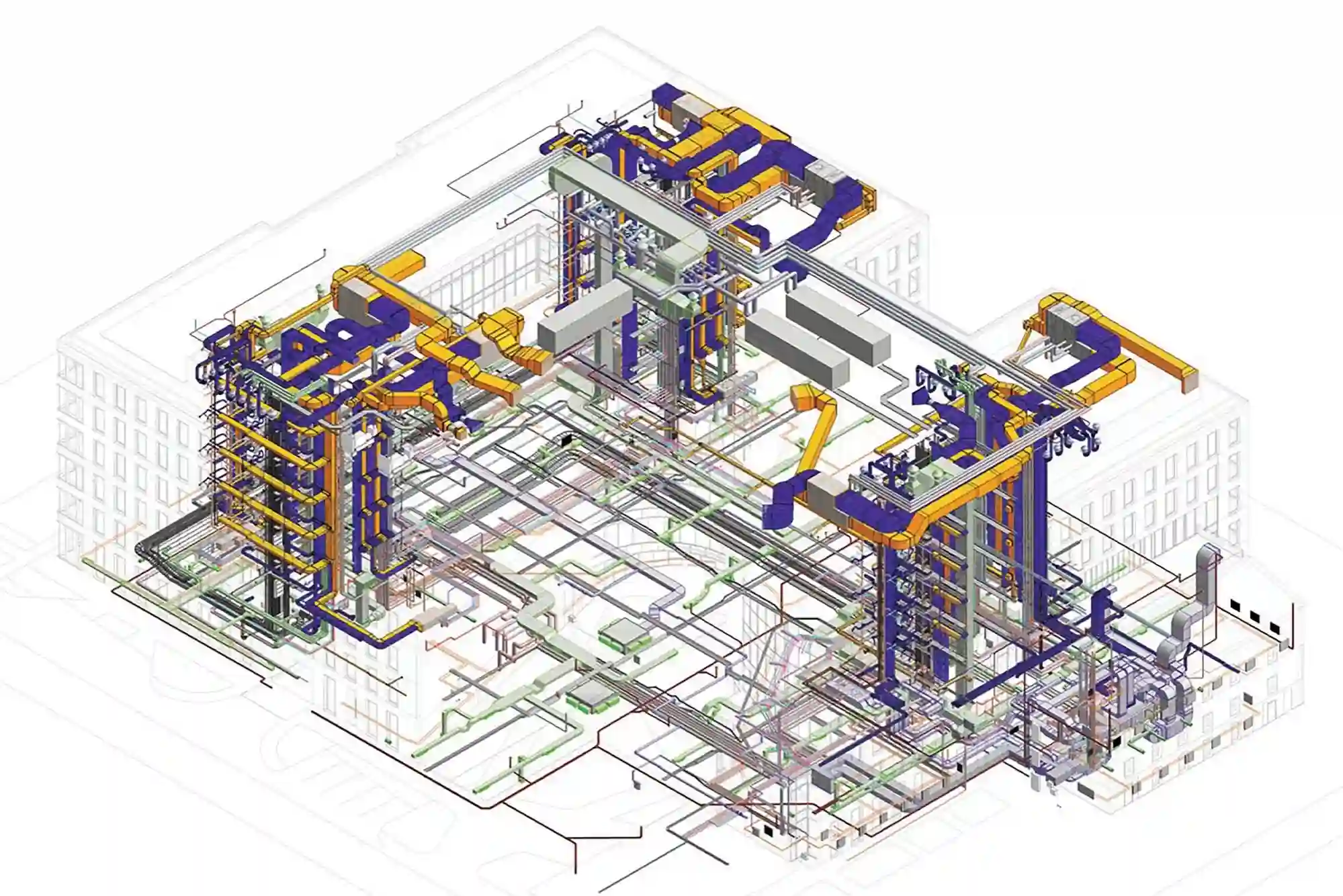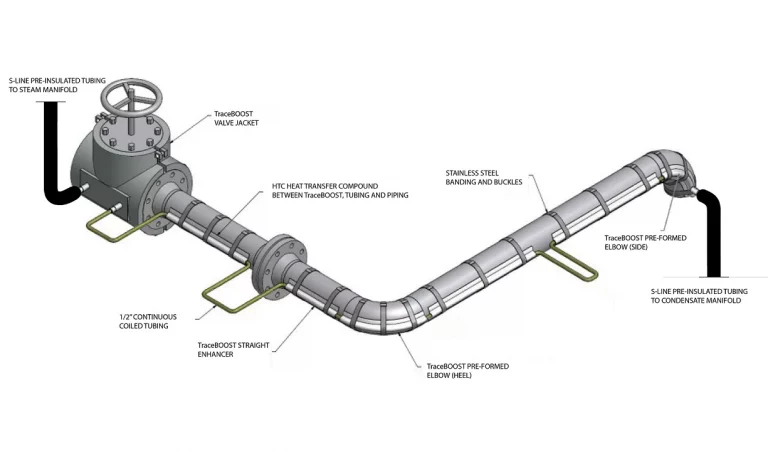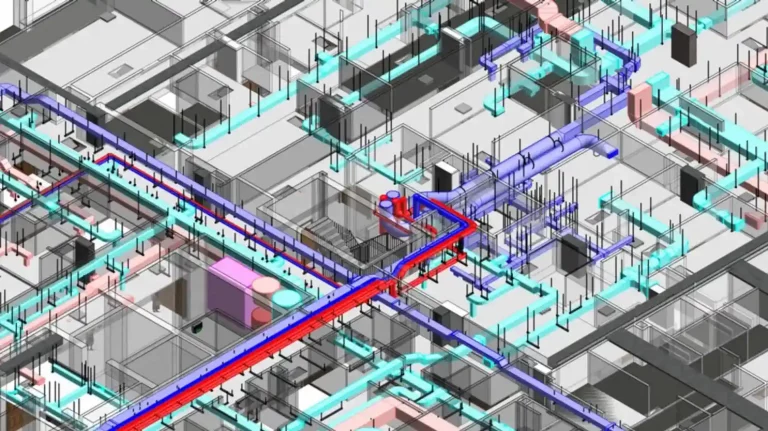BIM Coordination in Construction: What is it and Why It Matters
If you are associated with the construction industry, then you have probably heard about BIM Coordination. For the past decade, BIM has gained immense popularity and is widely accepted in the AEC (architectural, engineering, and construction) industry.
So, what is it, and why has it become a necessity for a construction project? To know the answer and more, read this article, as it’ll help you to have a better understanding of BIM in detail. Before we go further, if you don’t know what BIM is, check out our full guide on BIM MEP
WANT TO IMPROVE PROJECT COORDINATION? LET US INTRODUCE YOU TO BIM COORDINATION!
An Introduction to BIM Coordination
This has become an essentiality within the construction industry. It contributes towards a collaborative environment by integrating various BIM models from different divisions. To put it more simply, it is the process of managing, reviewing, and reconciling a project’s design information within a common shared platform. This common platform or shared digital space ensures that all virtual designs from different specialities are aligned and error-free before the construction begins. Thus, it can be said that a Building Information Modeling coordination provides a common virtual environment. All the experts and stakeholders can communicate and improve the overall process, from design to execution.
At this point in the article, you have gained a general knowledge of what this technology is. Now, we will discuss the process, benefits, and the role a BIM expert plays.
The BIM Coordination Workflow – Explained
The following information is about the BIM Coordination Workflow, and it will help you obtain a clear picture of how this technology is applied in a construction project:
1) Designing and creating a model
Firstly, each division involved in the construction project will design and create its respective BIM models. For this purpose, they will use their preferred software. These models will encompass all the specific details of the building design of each division.
2) Integration of Models
This is where the actual process begins. Each design model is carefully integrated into a unified digitized model. This step is important because it combines all the elements and systems, which serve as the foundation for further analysis and coordination.
3) Detecting a clash among models
After the creation and integration of models, the next phase in BIM Coordination is clash detection. This is a crucial phase because specialized software is used to identify clashes between different models. These clashes can be geometric or regarding functionality.
4) Meetings for Coordination
In this phase, Coordinator meetings are held after the detection of any clash. The experts who are involved in the process come together to find a solution. They will share and offer their perspective to resolve the clash as quickly as possible.
5) Required model alteration
After the meeting, those potential solutions that have been approved are implemented. This means that elements are redesigned and modifications are applied to resolve the clash issue. The model is then updated, reflecting the changes, ensuring that the model is up to date.
Benefits of BIM Coordination
Increases accuracy and detail in construction
From the above discussion, this benefit is a giveaway. This is because this process can increase the level of accuracy and detail of construction models. As it provides a centralized platform for all the experts, they can access and share information. This means that every expert is working from the same set of information. This leads to a reduction of errors and enhances accuracy.
Time & cost-effective
With BIM, it is easier for project teams to meet the objectives of a project cost-effectively. It is also known for its time-saving abilities by optimizing tasks and saving time effectively.
Communication and Collaboration
It offers a centralized platform for all the stakeholders. This platform gives access to everyone who is involved in the project. Thus, improving communication and collaboration and minimizing misunderstandings.
What Role Does a BIM Coordinator Play?
A BIM Coordinator is not only responsible for BIM modeling technicalities, but he also acts as a liaison between various stakeholders involved in a construction project. The following points will provide you with a clear picture of this expert’s role:
- This expert ensures that all divisions’ digital models are correctly merged into a centralized BIM platform.
- This expert will perform a compression conflict analysis by using advanced model checking software.
- Apart from conflict analysis, they are also responsible for facilitating solution strategies for the various involved parties.
- In addition to the above, this expert organizes meetings where stakeholders come together to discuss potential solutions.
- This expert will also ensure that changes to a design model are implemented and involved parties have access to the most updated information.
Why BIM Coordination Matters?
There are numerous reasons why this technology matters in construction. But among all those reasons, the ones that stand out are elevated project efficiency and better decision-making.
Elevated Project Efficiency
Incorporating BIM in the design and construction process will minimize redundancy. Besides that, it will streamline the flow of work and amplify project timeliness. The tools and techniques used in BIM modeling help in identifying issues and making timely, proactive adjustments.
Better Decision Making
With BIM 3D modeling, stakeholders can have a better experience with potential problems. This allows them to make suitable changes in the design before the commencement of construction. This data-driven approach will help them in making accurate decisions.
INTEGRATE BIM INTO YOUR CONSTRUCTION PROJECTS AND SEE THE MAGIC UNFOLDING!
Closing Remarks
BIM Coordination has become an essential part of the construction process. This is because it can intensify efficiency, reduce mistakes, and improve the outcomes of a project. It allows experts to deliver a successful project by implementing the best possible practices. It is important to note that construction technology is constantly evolving. This means that this technology will surely become more necessary in the future. That being said, it is definitive that BIM technology will also progress with technological advancements.
FAQ’s
What is the most impactful goal of BIM?
It integrates all the construction designs into a unified model. Thus, preventing any conflicts.
Can BIM be helpful in cost estimation?
BIM takes over all the disciplines that are involved in a construction project. From architects to engineers and MEP Estimators. In simple words, by having BIM at your disposal, you will be able to estimate the costs of various components more proficiently.
Can BIM prevent delays in the construction project?
BIM enables experts to detect and rectify any design issues in the early stages. Thus, preventing any delays in a construction project.
Is BIM Coordination applicable to small construction projects?
BIM technology can be used for small construction projects. For enhanced accuracy, seamless process
Is using BIM cost-effective?
By identifying clashes in early stages and offering solutions, costly errors are resolved, thus reducing any chances of rework.







